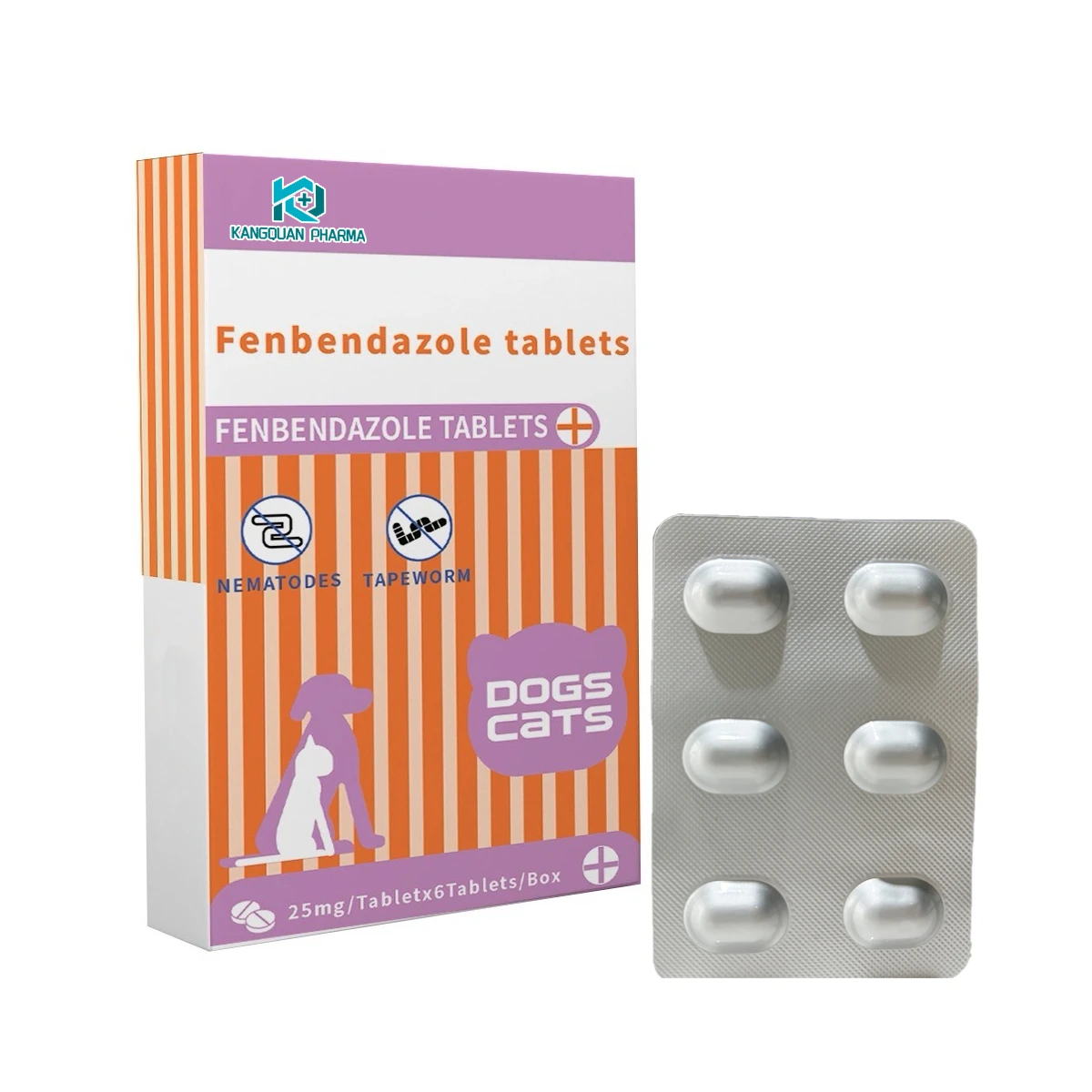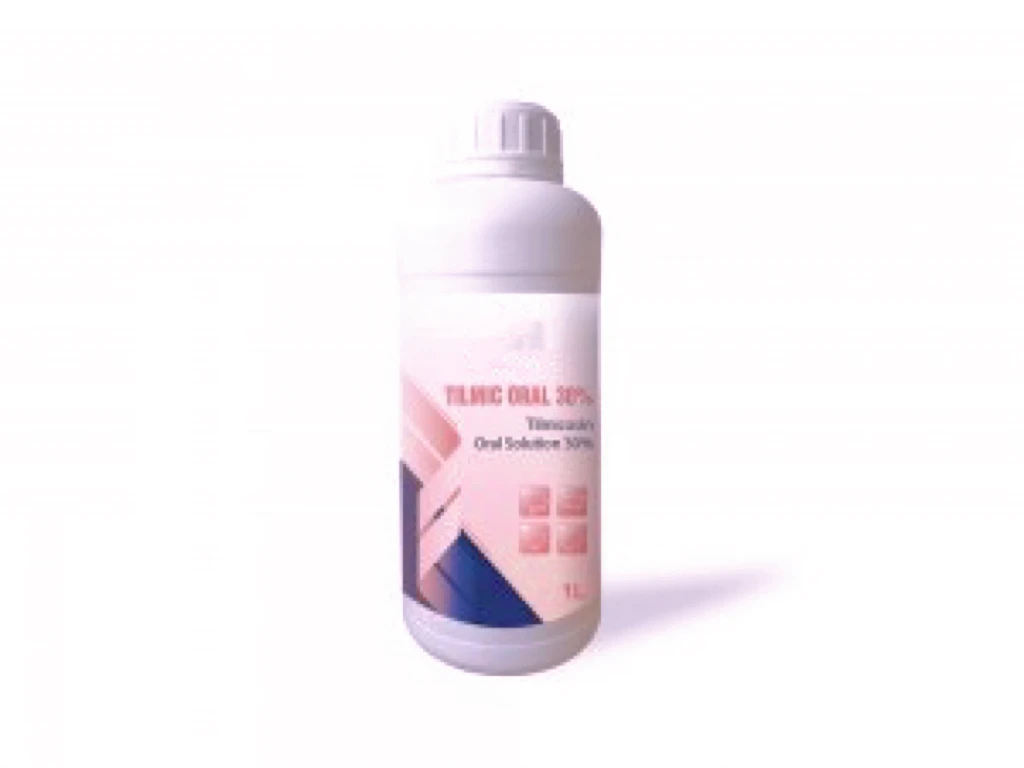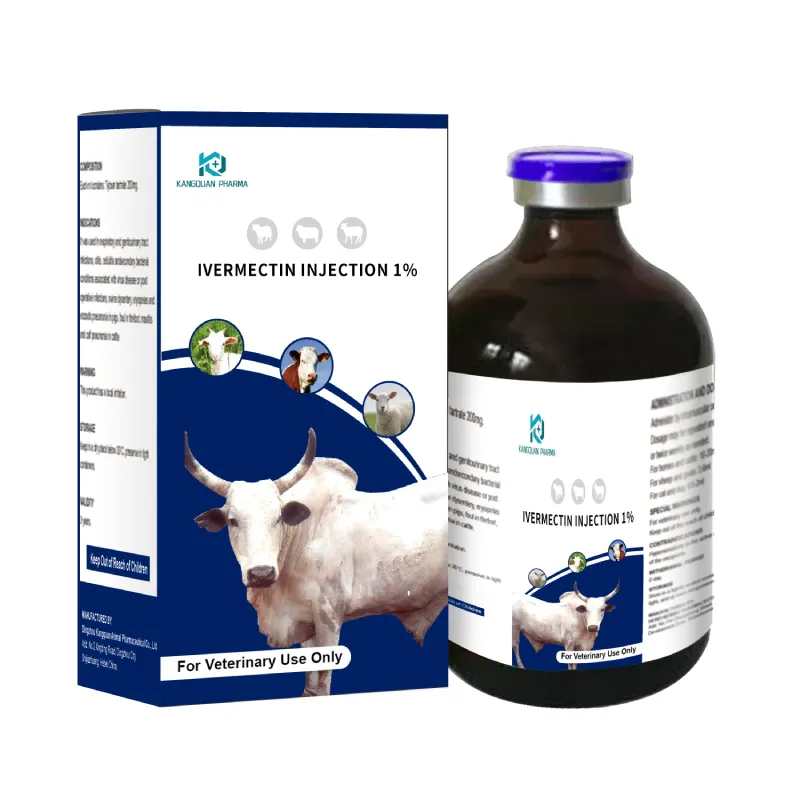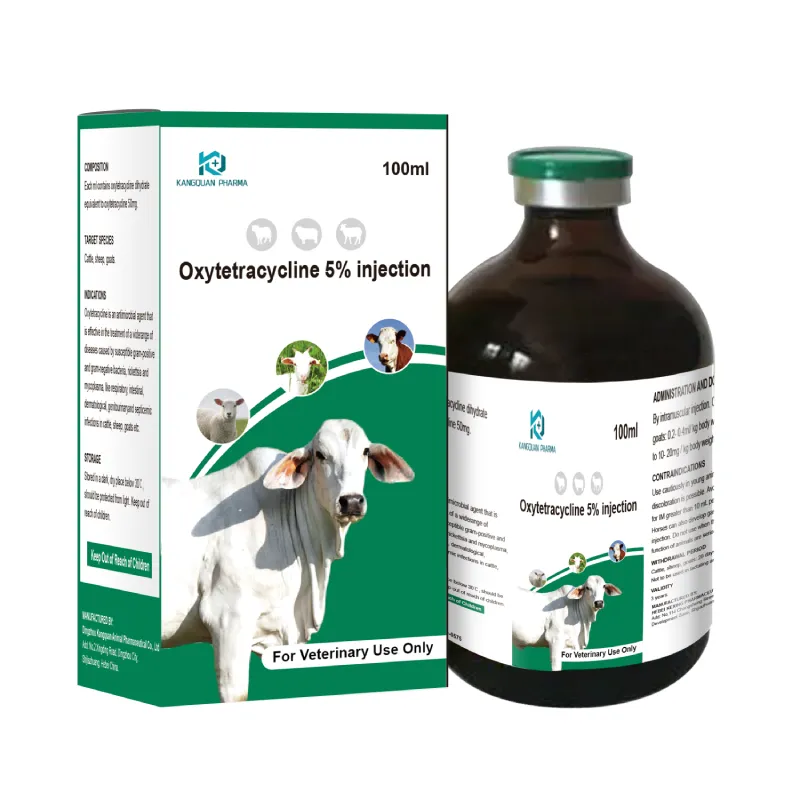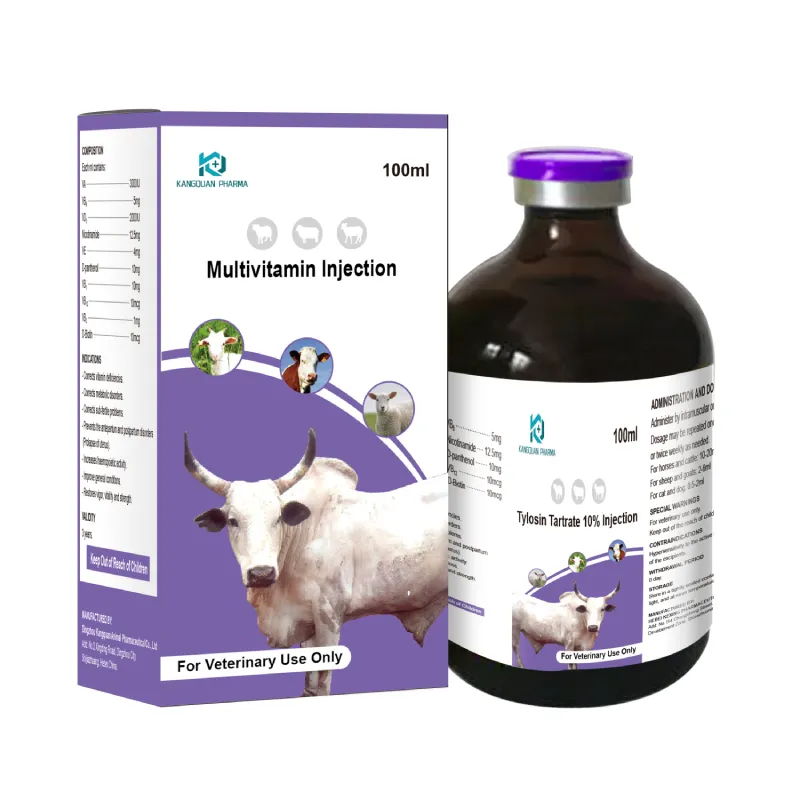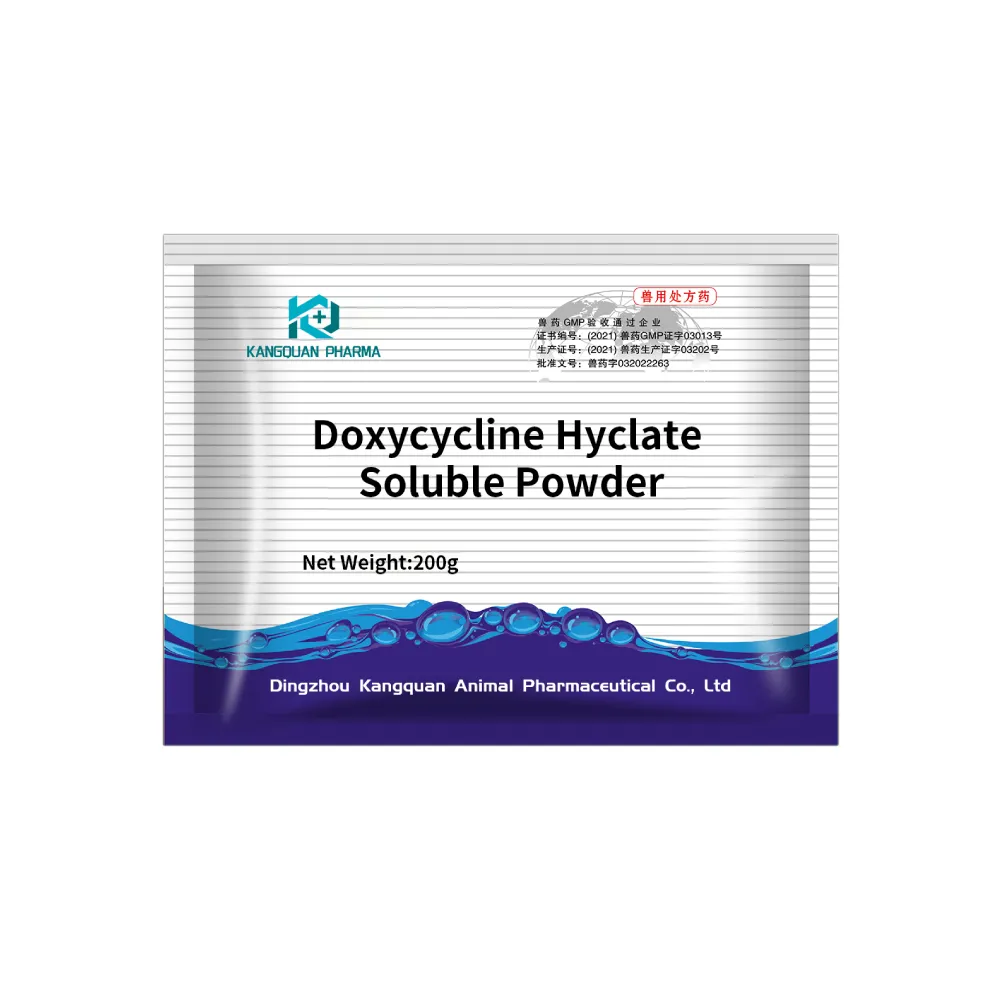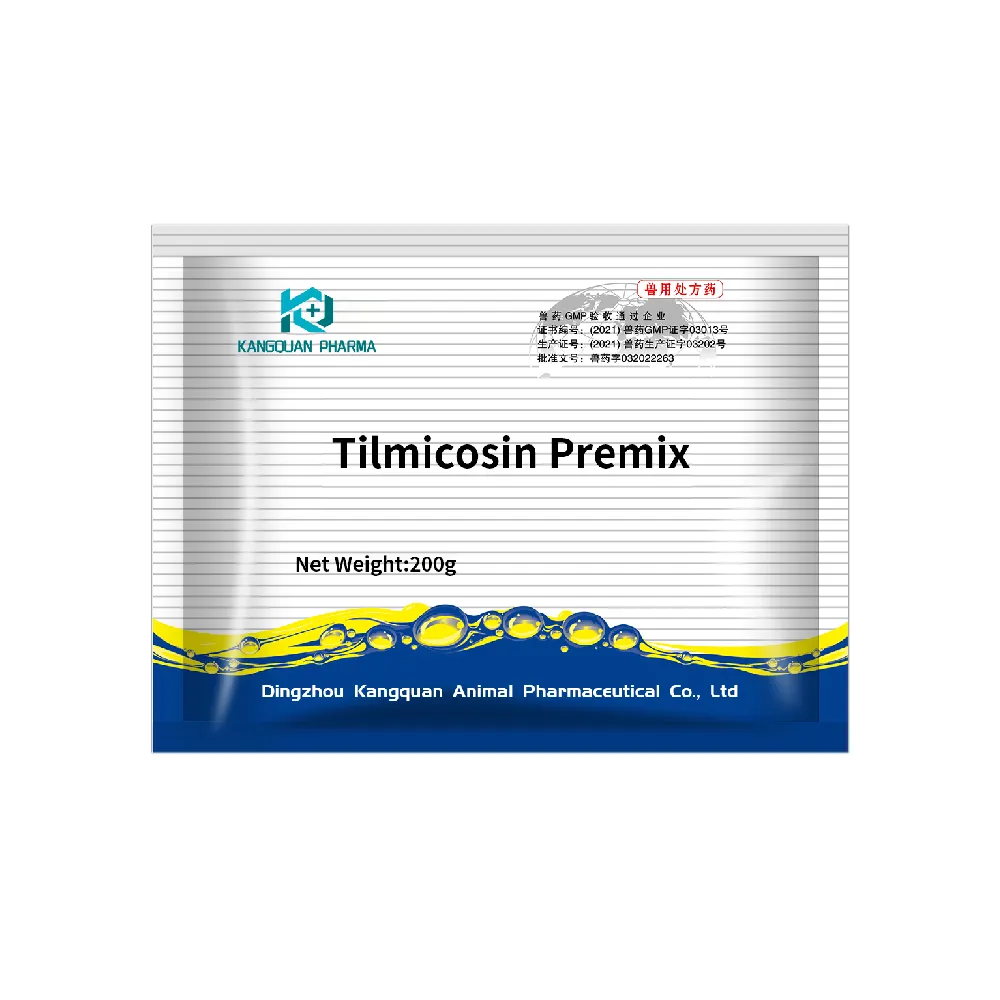- Afrikaans
- Albanian
- Amharic
- Arabic
- Armenian
- Azerbaijani
- Basque
- Belarusian
- Bengali
- Bosnian
- Bulgarian
- Catalan
- Cebuano
- Corsican
- Croatian
- Czech
- Danish
- Dutch
- English
- Esperanto
- Estonian
- Finnish
- French
- Frisian
- Galician
- Georgian
- German
- Greek
- Gujarati
- Haitian Creole
- hausa
- hawaiian
- Hebrew
- Hindi
- Miao
- Hungarian
- Icelandic
- igbo
- Indonesian
- irish
- Italian
- Japanese
- Javanese
- Kannada
- kazakh
- Khmer
- Rwandese
- Korean
- Kurdish
- Kyrgyz
- Lao
- Latin
- Latvian
- Lithuanian
- Luxembourgish
- Macedonian
- Malgashi
- Malay
- Malayalam
- Maltese
- Maori
- Marathi
- Mongolian
- Myanmar
- Nepali
- Norwegian
- Norwegian
- Occitan
- Pashto
- Persian
- Polish
- Portuguese
- Punjabi
- Romanian
- Russian
- Samoan
- Scottish Gaelic
- Serbian
- Sesotho
- Shona
- Sindhi
- Sinhala
- Slovak
- Slovenian
- Somali
- Spanish
- Sundanese
- Swahili
- Swedish
- Tagalog
- Tajik
- Tamil
- Tatar
- Telugu
- Thai
- Turkish
- Turkmen
- Ukrainian
- Urdu
- Uighur
- Uzbek
- Vietnamese
- Welsh
- Bantu
- Yiddish
- Yoruba
- Zulu
Nov . 07, 2024 15:37 Back to list
Guidelines for Safe Administration of Ivermectin Injection in Dogs
How to Administer Ivermectin Injection to Dogs
Ivermectin is a widely used medication in veterinary medicine, particularly for its efficacy in treating various parasitic infections in dogs. It is commonly employed for heartworm prevention, treating external parasites like fleas and ticks, and addressing internal parasites such as roundworms and hookworms. Administering Ivermectin via injection can seem daunting for pet owners, but with a clear understanding of the process and necessary precautions, it can be done safely and effectively.
Understanding Ivermectin
Before proceeding with the administration of Ivermectin, it is crucial to understand the drug itself. Ivermectin works by disrupting the nervous system of parasites, leading to their paralysis and eventual death. While Ivermectin is generally safe for most dogs when prescribed at the correct dosage, certain breeds—especially Collies and other herding breeds—are more susceptible to adverse reactions due to a genetic mutation. Therefore, always consult your veterinarian before administering this medication to ensure the safety and efficacy for your dog.
Preparing for Administration
1. Consult Your Veterinarian Always start with a consultation to determine whether Ivermectin is appropriate for your dog. The veterinarian will provide you with the correct dosage based on your dog’s weight, age, and health status.
2. Gather Supplies Ensure you have all the necessary supplies on hand. This includes - Ivermectin injection (as prescribed by your vet) - A syringe (preferably a 1-ml syringe for more accurate measurement) - Alcohol wipes for sterilization - Cotton balls or gauze - A safe and calm space to administer the injection
3. Calm Your Dog Make sure your dog is calm before you attempt to give an injection. You can achieve this by petting them gently and speaking in a soothing voice. It’s helpful to have an assistant to hold the dog still if necessary.
Steps for Administration
1. Sterilize the Injection Site Choose a suitable injection site, typically in the loose skin over the dog's back or side, or the thigh muscle for intramuscular injections. Clean the area with an alcohol wipe to disinfect it.
how to administer ivermectin injection to dogs
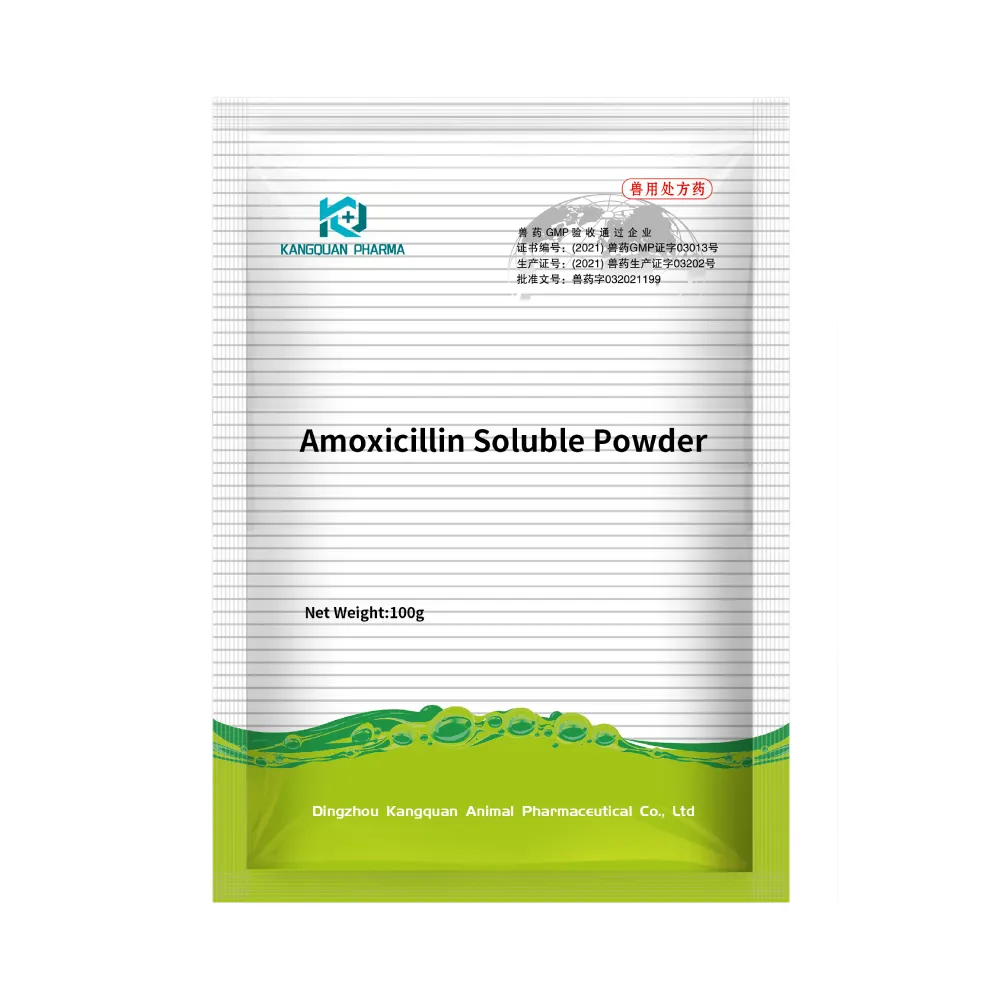
2. Draw the Medication Using the sterilized syringe, draw the prescribed amount of Ivermectin from the vial. Make sure there are no air bubbles in the syringe; if bubbles are present, gently tap the syringe to rise them to the top and push the plunger slightly to expel them.
3. Administer the Injection Hold your dog securely and insert the needle at a 90-degree angle to the skin for subcutaneous injections or a 45-degree angle for intramuscular injections. Inject the medication slowly and steadily. It is essential to be gentle to minimize discomfort.
4. Withdraw the Needle After administering the medication, withdraw the needle swiftly. Press a cotton ball or gauze over the injection site to stop any bleeding.
5. Monitor for Reactions After administering the injection, monitor your dog for any signs of adverse reactions, such as lethargy, vomiting, or swelling at the injection site. If you observe any concerning symptoms, contact your veterinarian immediately.
Aftercare and Follow-Up
Correctly administering Ivermectin injection is only part of the treatment process. Aftercare is essential to ensure your dog is recovering well and that the medication is taking effect
- Provide your dog with a comfortable environment where they can rest. - Maintain hydration and monitor their eating habits. - Schedule follow-up visits with your veterinarian to check your dog’s progress and adjust dosage if necessary.
Conclusion
Administering Ivermectin injections to dogs can be straightforward if approached with care and knowledge. Always prioritize your dog’s health by consulting with your veterinarian, preparing adequately, and following through with appropriate aftercare. This medication can effectively help manage and prevent parasitic infections, contributing to your dog’s overall health and well-being. Remember that your pet relies on you for their care, and with the right approach, you can help keep them healthy and happy.
-
Guide to Oxytetracycline Injection
NewsMar.27,2025
-
Guide to Colistin Sulphate
NewsMar.27,2025
-
Gentamicin Sulfate: Uses, Price, And Key Information
NewsMar.27,2025
-
Enrofloxacin Injection: Uses, Price, And Supplier Information
NewsMar.27,2025
-
Dexamethasone Sodium Phosphate Injection: Uses, Price, And Key Information
NewsMar.27,2025
-
Albendazole Tablet: Uses, Dosage, Cost, And Key Information
NewsMar.27,2025

